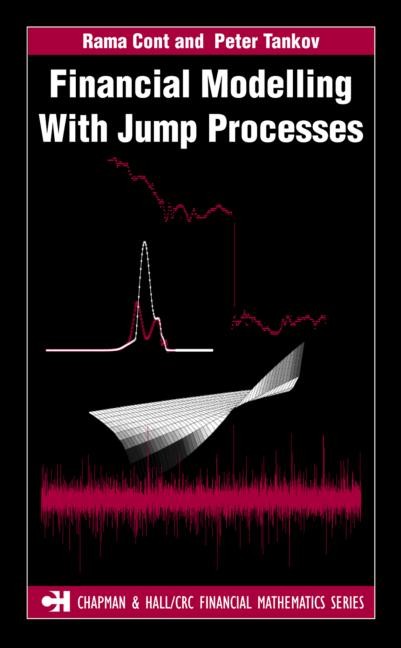Introduction to Risk Parity and Budgeting CRC Press Book
Post on: 16 Март, 2015 No Comment

July 16, 2013 by Chapman and Hall/CRC
Reference — 440 Pages — 100 B/W Illustrations
Preview
Features
- Covers the theoretical foundations and practice of modern portfolio theory
- Provides a complete introduction to the risk budgeting approach
- Describes applications of risk parity to specific asset classes
- Presents technical materials on optimization problems, copula functions, and dynamic asset allocation
- Contains 30 tutorial exercises, with the solutions and other ancillaries available on the author’s website

Summary
Although portfolio management didn’t change much during the 40 years after the seminal works of Markowitz and Sharpe, the development of risk budgeting techniques marked an important milestone in the deepening of the relationship between risk and asset management. Risk parity then became a popular financial model of investment after the global financial crisis in 2008. Today, pension funds and institutional investors are using this approach in the development of smart indexing and the redefinition of long-term investment policies.
Written by a well-known expert of asset management and risk parity, Introduction to Risk Parity and Budgeting provides an up-to-date treatment of this alternative method to Markowitz optimization. It builds financial exposure to equities and commodities, considers credit risk in the management of bond portfolios, and designs long-term investment policy.
The first part of the book gives a theoretical account of portfolio optimization and risk parity. The author discusses modern portfolio theory and offers a comprehensive guide to risk budgeting. Each chapter in the second part presents an application of risk parity to a specific asset class. The text covers risk-based equity indexation (also called smart beta) and shows how to use risk budgeting techniques to manage bond portfolios. It also explores alternative investments, such as commodities and hedge funds, and applies risk parity techniques to multi-asset classes.
The book’s first appendix provides technical materials on optimization problems, copula functions, and dynamic asset allocation. The second appendix contains 30 tutorial exercises. Solutions to the exercises, slides for instructors, and Gauss computer programs to reproduce the book’s examples, tables, and figures are available on the author’s website.
Table of Contents
From Portfolio Optimization to Risk Parity
Modern Portfolio Theory














